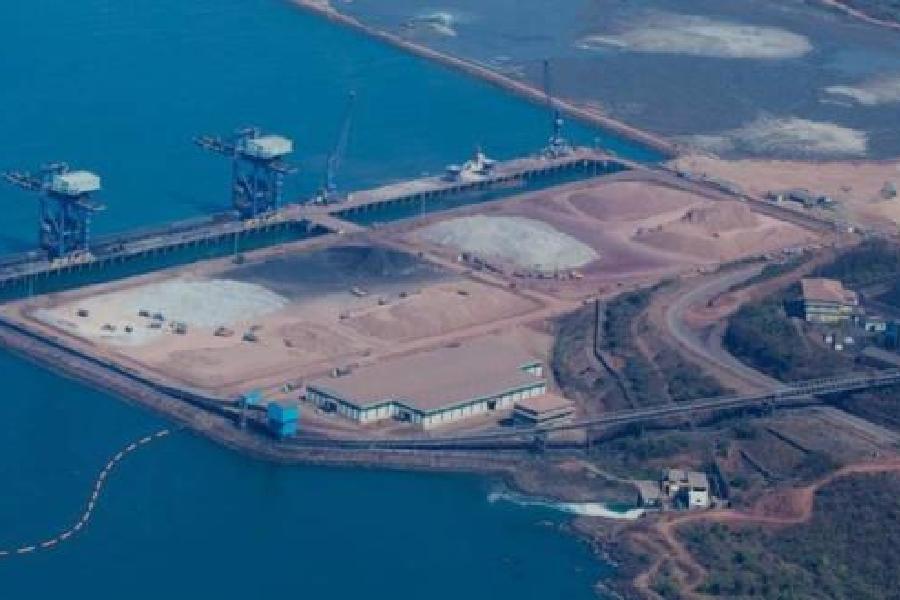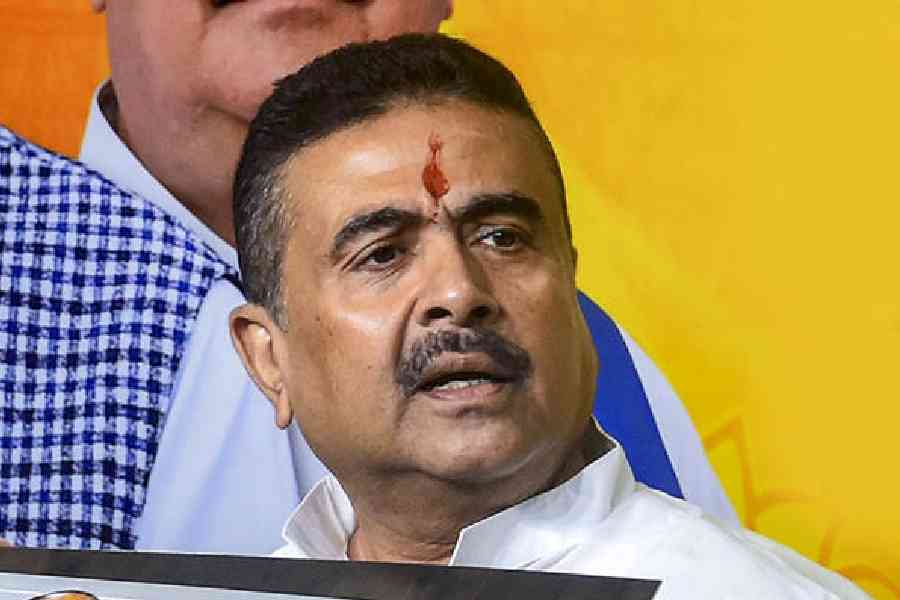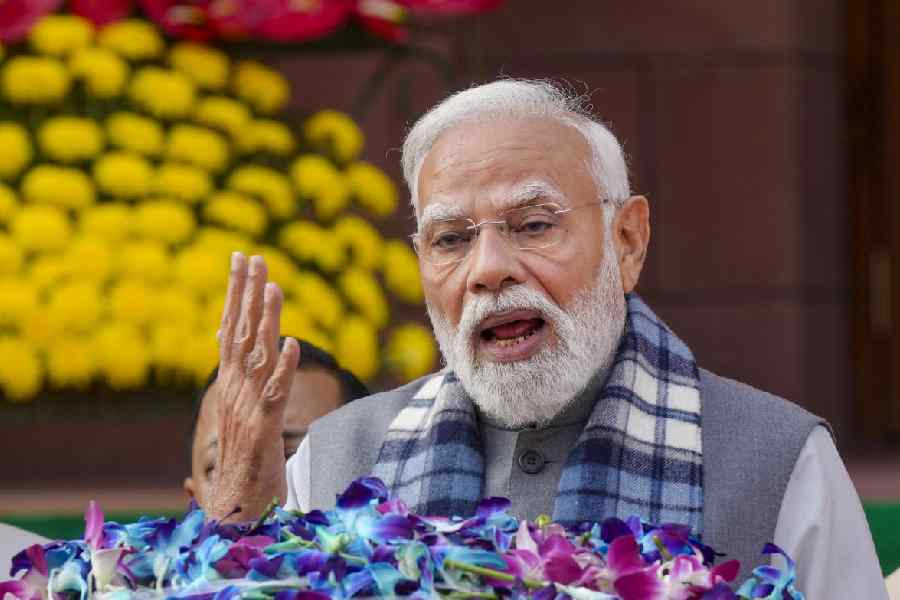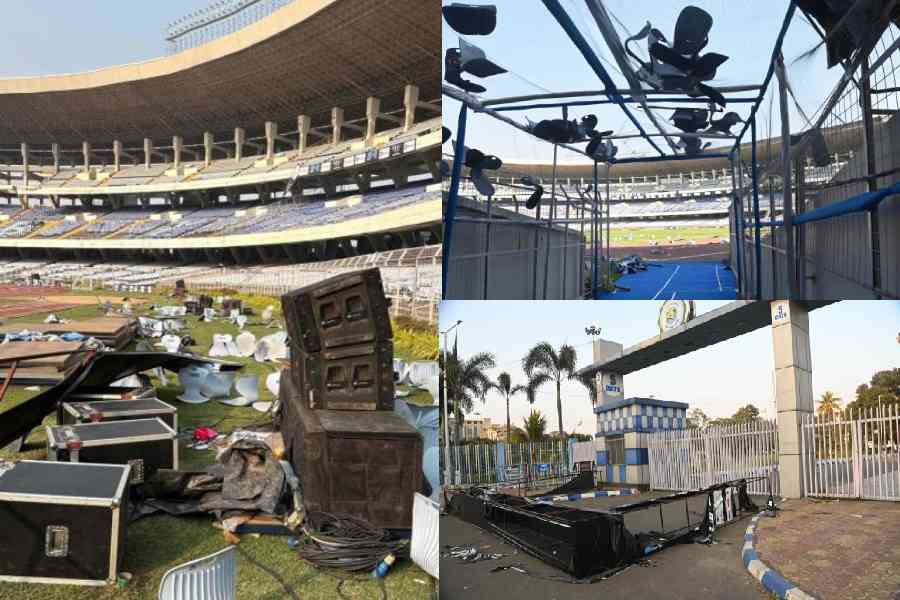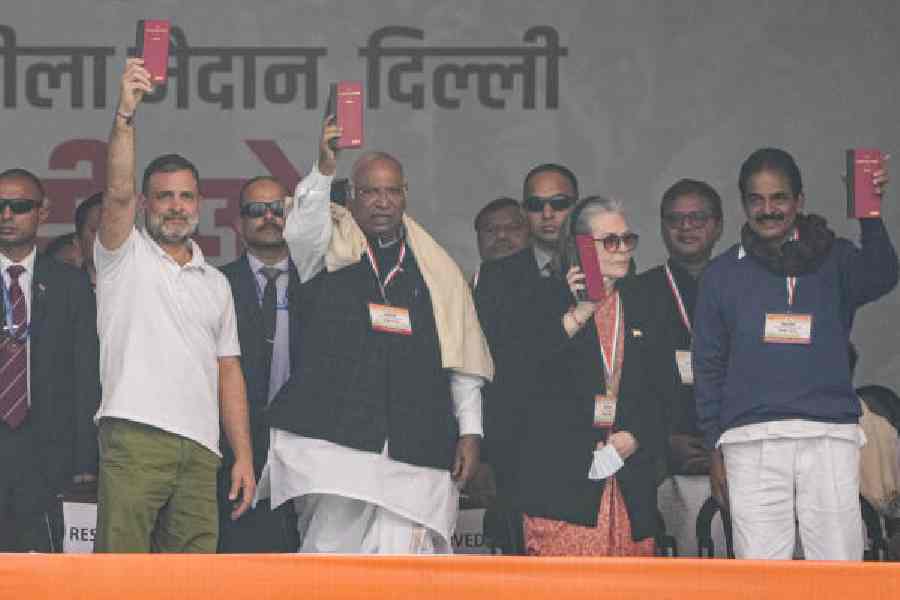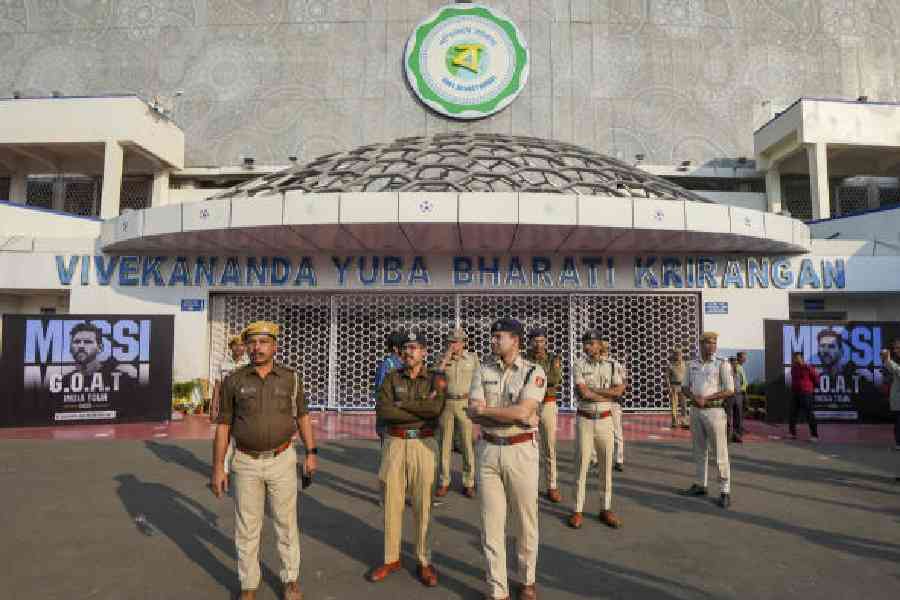Paradip in Odisha has emerged as a strong contender for Sajjan Jindal-led JSW Steel’s next phase of expansion to achieve the ambitious plan of reaching the 50-million-tonne (mt) capacity landmark within this decade.
The company says it makes ‘tremendous sense’ to look at the port-based location because of multiple reasons, including lower operating costs due to logistical advantages. JSW Steel, which will end this fiscal year with a 36.2 mt capacity in India, will look to build a 5 mt plant at Paradip in the first phase.
At present, group firm JSW Infrastructure is building a 302-kilometre slurry pipeline connecting mines to Paradip to carry iron ore. It is also building two iron ore pellet plants of 8 mt capacity each at the site. While the pipeline from Joda in Keonjhar district is scheduled to be commissioned in FY27, the pellet plant will be ready in FY28.
“Infrastructure is developing alongside the pellet plan and pipeline. For us, entering the next phase of steelmaking is the natural choice. And the port is also coming up. So, the overall logistics cost in this asset will be low. That’s a very big positive for looking at the project soon,” JSW CEO and joint managing director Jayant Acharya said in an interview with The Telegraph last week.
The board of the company has so far approved capital expenditure to reach up to 43 mt domestic capacity by the end of FY29, on the back of an ongoing 5 mt expansion at Dolvi, Maharashtra, 2 mt additional capacity at Vijayanagar, Karnataka, by debottlenecking and 1 mt electric arc furnace at Kadapa, Andhra Pradesh.
To reach a 50 mt capacity, likely to be the first among Indian steel players, the company also has the option to expand the Vijayanagar plant by another 5 mt as part of brownfield expansion.
While the board will weigh the option between Vijayanagar and Paradip and take the final decision in a year, BJP-ruled Odisha appears to be ahead in the race.
The company considers Jagatsinghpur, spread over 2,980 acres — once earmarked for the ill-fated Posco mega steel plant in the first decade of the century — as a semi-brownfield location because of the ongoing investments and infrastructure development.
“To convert the capex spent and earmarked (for pellet plant, pipeline and allied infrastructure) to a productive asset, we need to make a little more investment and build the steel plant,” Acharya explained.
The slurry pipeline will cut the cost of transporting iron ore by ₹900-1,000 a tonne, while the port-based location will ensure JSW does not pay ₹1500 a tonne to carry coking coal to an inland location.
“The operational expenditure will be lower. Therefore, it makes tremendous sense for us to look at that asset in a more focused way. That’s what we are studying right now,” Acharya observed.

